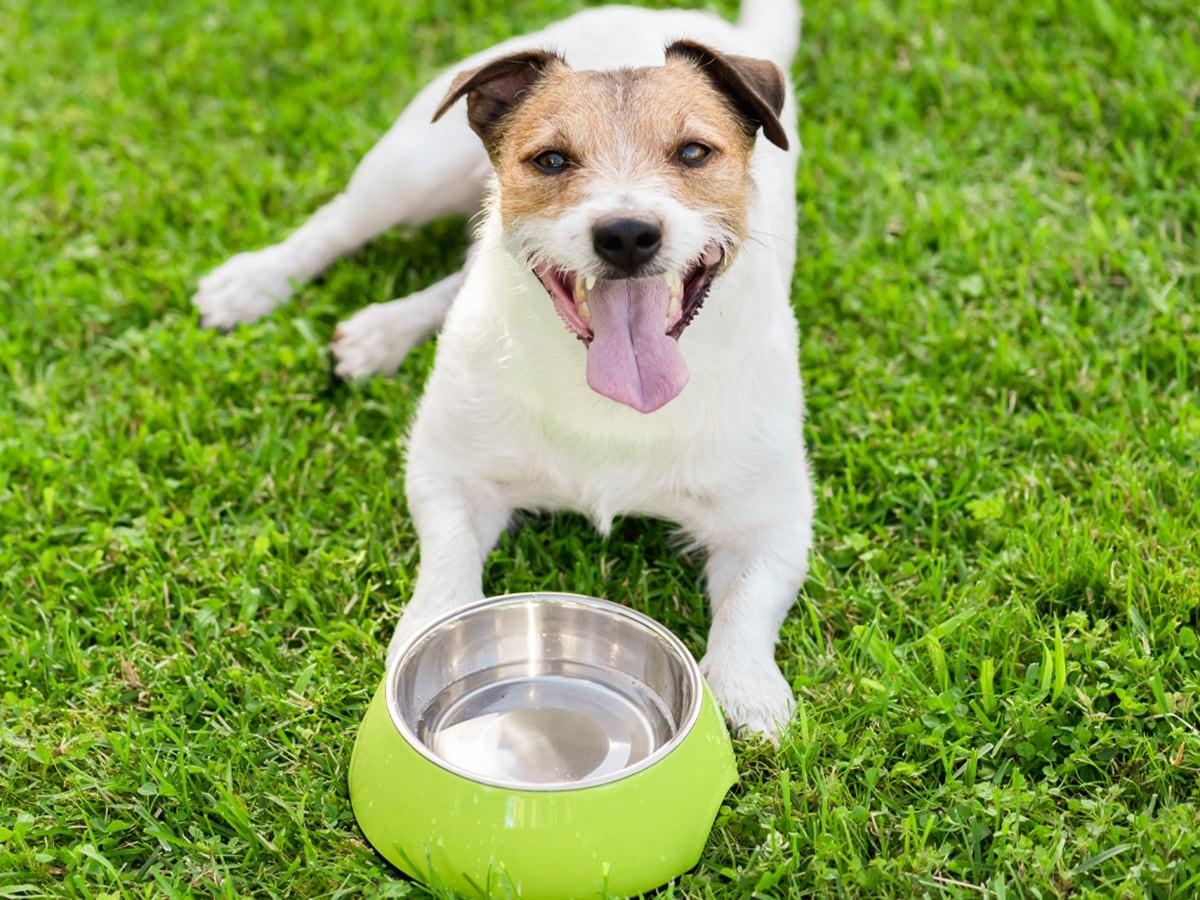Summertime means fun in the sun, but as temperatures rise, it's crucial to prioritize your dog's safety. Knowing when it's too hot to walk your dog and how to prevent heatstroke could save your furry friend's life.
Understanding Heatstroke in Dogs
Dogs don't cool down the same way humans do. Their primary heat regulation method is panting. When it gets too hot, panting might not be enough, leading to heat exhaustion or the more severe condition, heatstroke. Heatstroke is a serious emergency that can cause organ damage or even death.
What Temperature Is Too Hot for Dogs?
Unfortunately, there's no single temperature that's universally unsafe for all dogs. Here's a general guideline, but remember, factors like your dog's breed, size, age, and health play a major role in heat tolerance:
75-80 degrees Fahrenheit: Proceed with caution. Monitor your dog closely for signs of overheating.
80-90 degrees Fahrenheit: Exercise extreme caution. Limit walks to very short durations, provide ample shade, and ensure your dog stays hydrated. Here are a few signs of dehydration to look out for.
90+ degrees Fahrenheit: It's generally considered too hot for outdoor walks or strenuous activity.
Factors That Affect a Dog's Heat Tolerance
Breed: Dogs with short snouts (brachycephalic breeds) like bulldogs, pugs, and boxers are more prone to overheating due to breathing difficulties.
Coat: Thick, double-coated breeds (Huskies, Malamutes, etc.) are designed for cold climates and struggle in the heat.
Weight: Overweight dogs overheat easily.
Age: Puppies and senior dogs are more sensitive to heat.
Health Conditions: Dogs with heart or respiratory issues are at higher risk.
Signs of Heat Exhaustion and Heatstroke in Dogs
Watch for these warning signs:
Excessive panting and difficulty breathing: This is one of the earliest and most obvious signs.
Bright red gums or tongue: Color change indicates a critical problem.
Drooling (thick, sticky saliva): This can signal rising body temperature.
Weakness, lethargy, or reluctance to move: Heat exhaustion saps energy.
Muscle tremors or seizures: Indicates a severe situation.
Expert Insights From Spot
Playing fetch or going for a walk are great ways to bond with your furry friend. However, it's crucial to be aware of the dangers of overheating, especially during hot weather. Internal data from Spot highlights the financial impact of heatstroke in dogs, with an average treatment cost of a staggering $2,233. To prevent heatstroke, avoid strenuous activity during the hottest part of the day, provide plenty of fresh water, and never leave your dog unattended in a hot car.
Essential Summer Safety Tips to Prevent Heatstroke
Never leave your dog in a parked car: Cars heat up incredibly quickly, even on seemingly mild days. Even with the windows cracked, a parked car can become an oven, putting your dog at serious risk of heatstroke in a matter of minutes.
Time your walks wisely: Choose the coolest parts of the day for walks and outdoor exercise – typically early morning or after the sun has set. Avoid the intense heat of midday, which can be dangerous for your dog's health and comfort.
Check the pavement: Before setting off, place your bare hand on the sidewalk or asphalt. If it's too hot for you to keep your hand on the pavement for 5 seconds, it's definitely too hot for your dog's delicate paws and can lead to burns. Opt for grassy areas or adjust your walking time so the pavement is cooler (early morning or later evening).
Bring plenty of water: Dehydration accelerates heat exhaustion. Carry a water bottle and a collapsible bowl for your dog, and offer water breaks frequently throughout your outings.
Offer shade: Prolonged sun exposure adds to the risk of heat-related problems. Ensure your dog has easy access to shade during walks and when spending time outside. Set up a canopy or umbrella for them – even the shade from trees is much cooler than direct sunlight.
Know your dog's limits: Every dog is different, and some are much more sensitive to heat than others. Pay close attention to how your dog is handling the weather. Brachycephalic breeds (short snouts), dogs with thick coats, overweight dogs, puppies, senior dogs, and those with health conditions require extra vigilance and precaution.
What to Do If You Suspect Heatstroke
Immediate Action: Move your dog to a cool place (indoors or shade) and offer cool (not cold) water.
Cool Down: Apply cool, wet towels to the paws, groin, and armpits.
Seek Veterinary Care: Call your vet or an emergency animal hospital immediately. Heatstroke requires urgent medical attention.
Bonus Summer Safety Tip: Consider a cooling vest or bandana specifically designed for dogs to help them stay cool in hot weather.
Enjoy Summer Safely with Your Best Friend
By understanding the risks of heat, recognizing the warning signs, and taking precautions, you and your furry companion can enjoy a happy and safe summer!
Dailypaws
Thedodo
Fetchpet
Noahsarkvet
